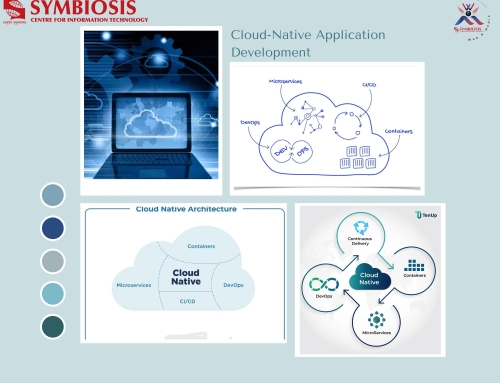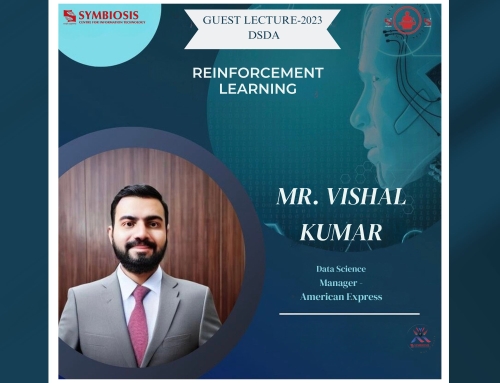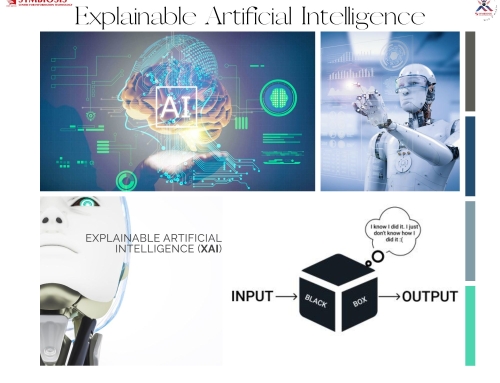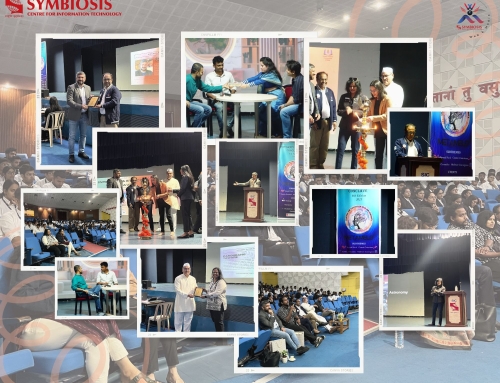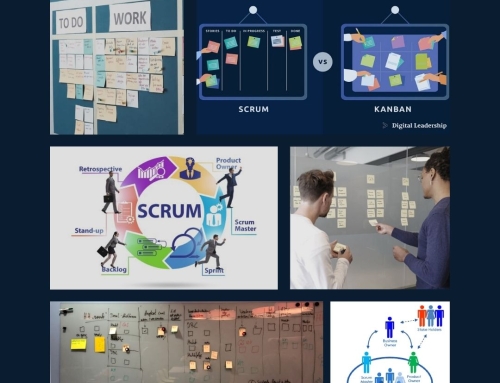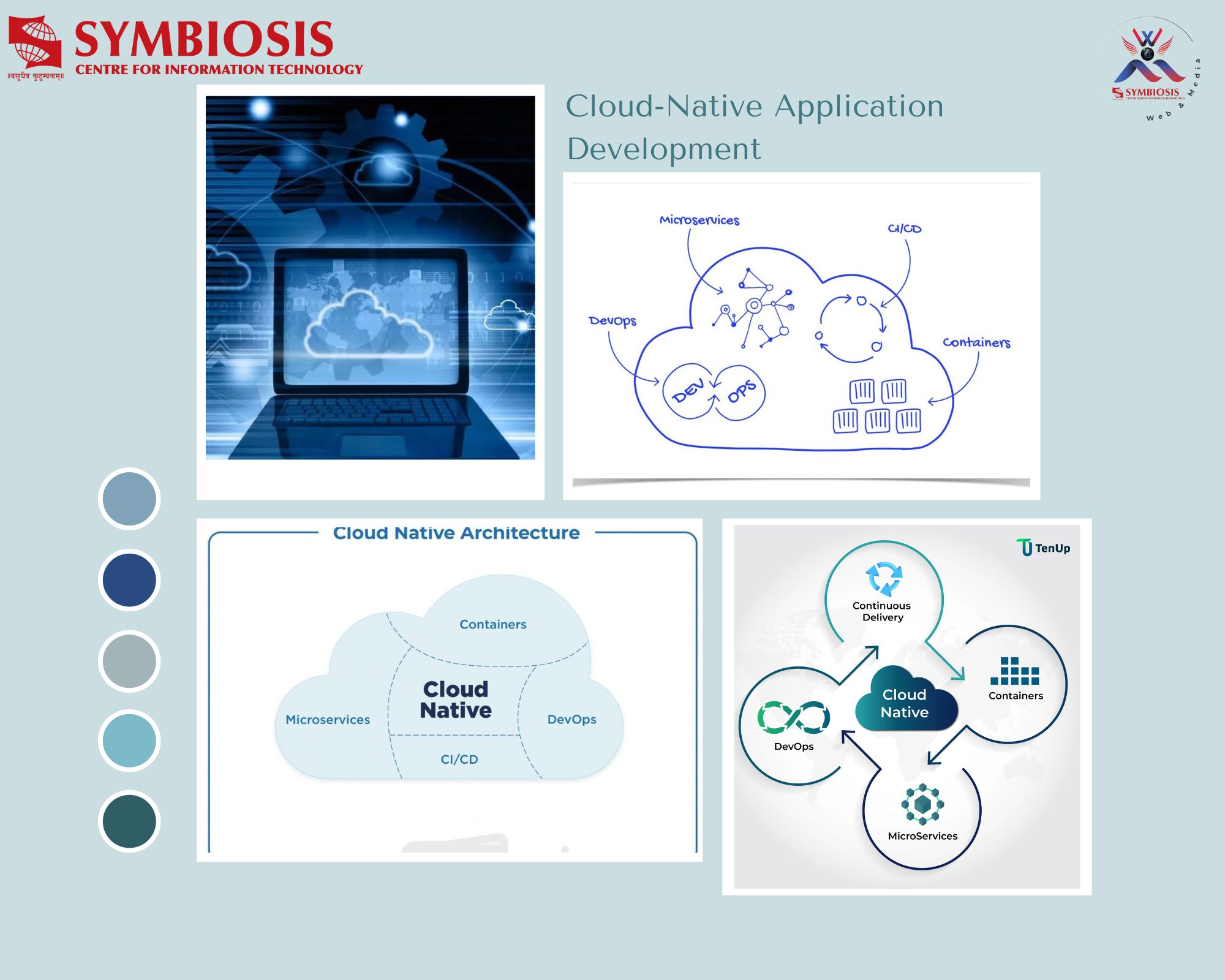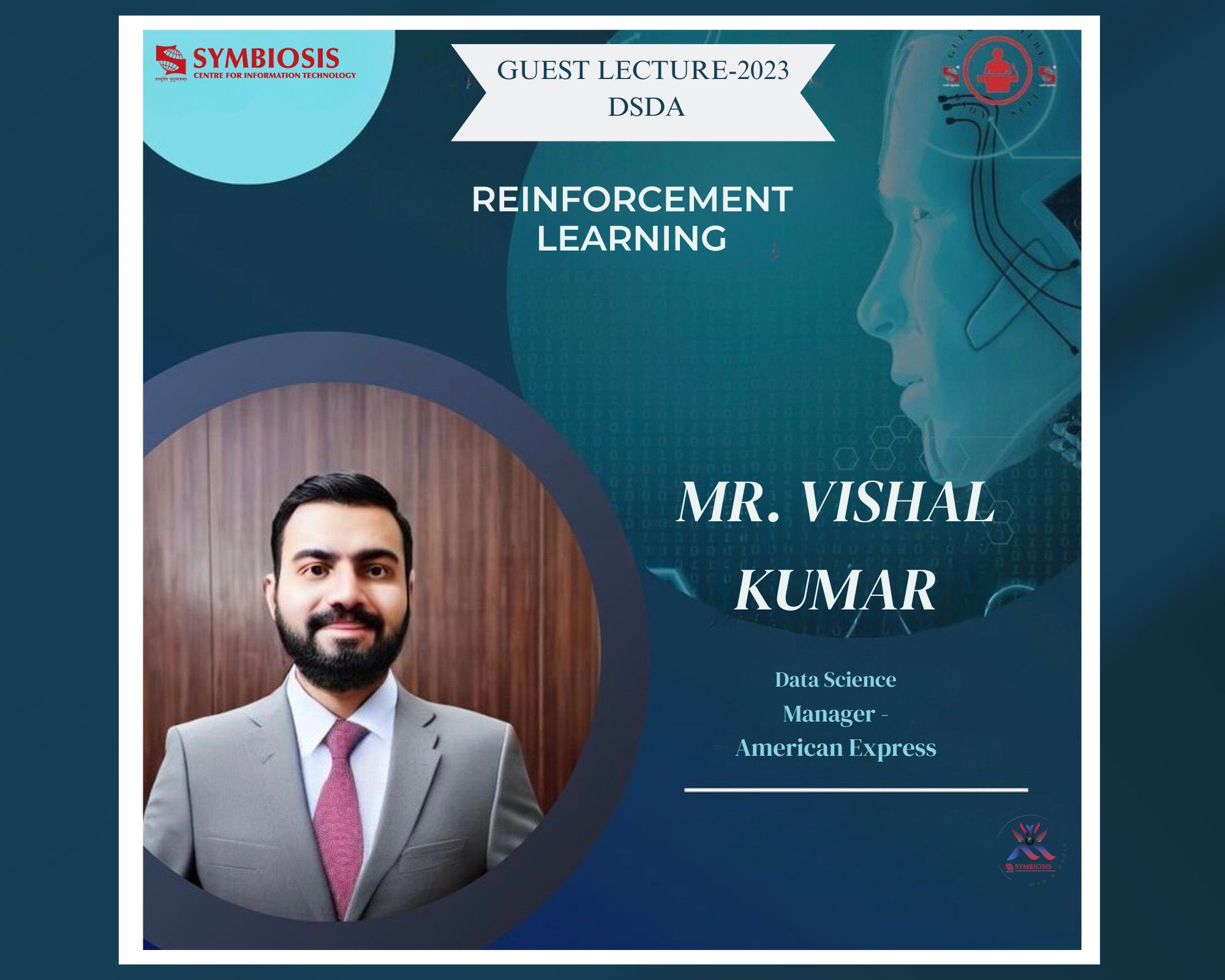Deep diving into IT Compliance
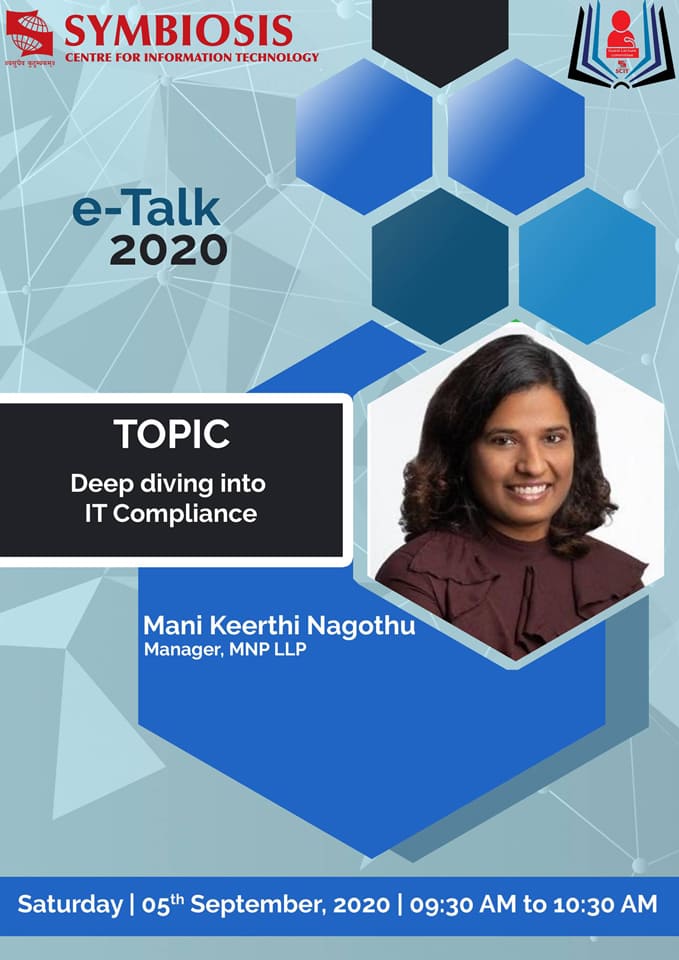
On the occasion of Teachers Day, 5th September 2020, an online guest lecture was scheduled for SCIT students. The speaker of the day was Mani Keerthi Nagothu, an information security professional, alumina of SCIT.
The lecture was subject-oriented, focused on the IT Compliance part of information security. Unlike others, Ms. Mani began it with a series of few random pictures on her screen and asked everyone to see them. Later, she commenced the session with her experience in the IT field and how she had worked with big names like Deloitte, EY, and currently working as a manager in MNP, a Canadian IT Consulting firm.
Throwing light on the importance of IT compliances in every aspect of business and market in the world right now, she talked about the major components of these compliances namely, IT Governance, Risk Management, and lastly compliance itself. For the later part of the session she discussed on one of the most valuable compliance, Sarbanes–Oxley Act 2002 (SOX) which deals with the financial reporting of all the publicly traded companies in the United States as well as their subsidiaries and foreign companies that are public and do business with the US.
She explained the various sections under the SOX standard, its implementation, controls, legal implications, and penalties implied. And also, how all of these collectively help in increasing the transparency in the financial reports of the companies that directly benefit the investors while keeping the interest of the audience by discussing real-life examples.
As the session progressed, she talked about other major compliances as well like German-Leach-Bliley Act (GLBA), HIPAA, PCI DSS, etc.
One of the interesting elements in the whole session was at the end, where she showcased the importance of graphics in the education system by performing a small activity. At the end of the session, she again showed the random pictures with some new additions and asked students to identify the ones which were there in the start and how everybody remembered those sheds the light on how our mind grasps pictorial knowledge more than textual information alone.

